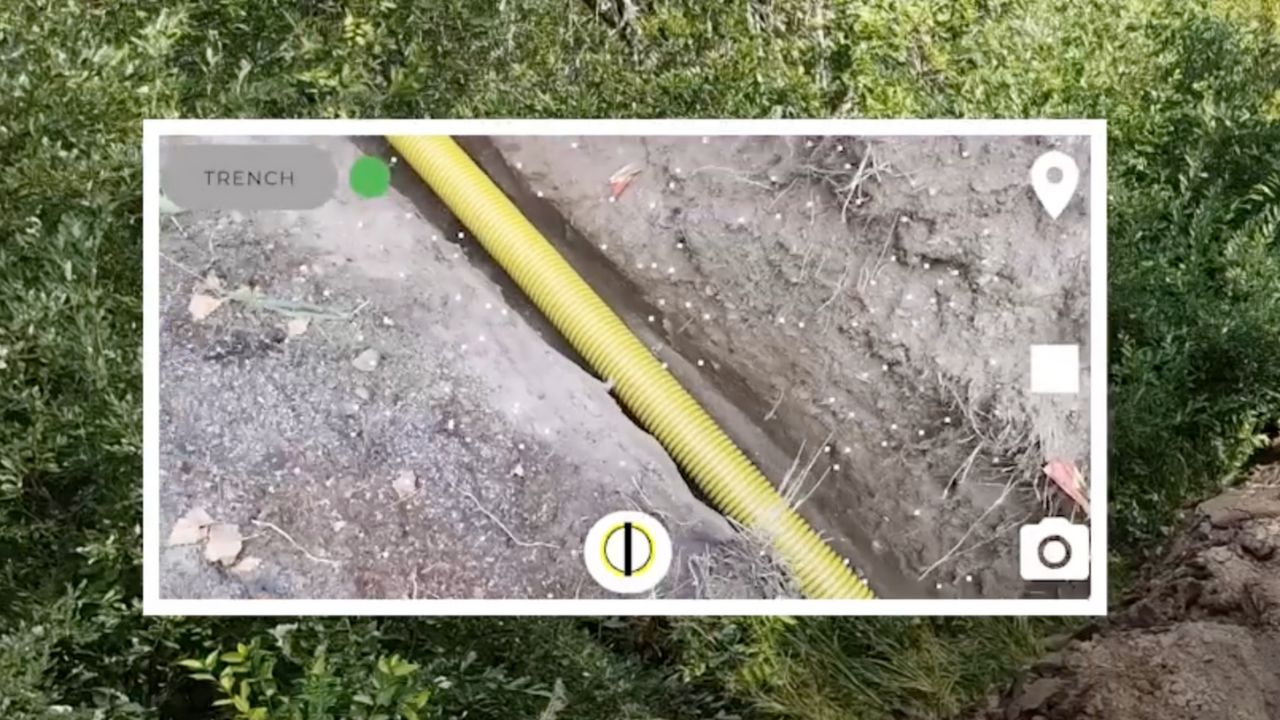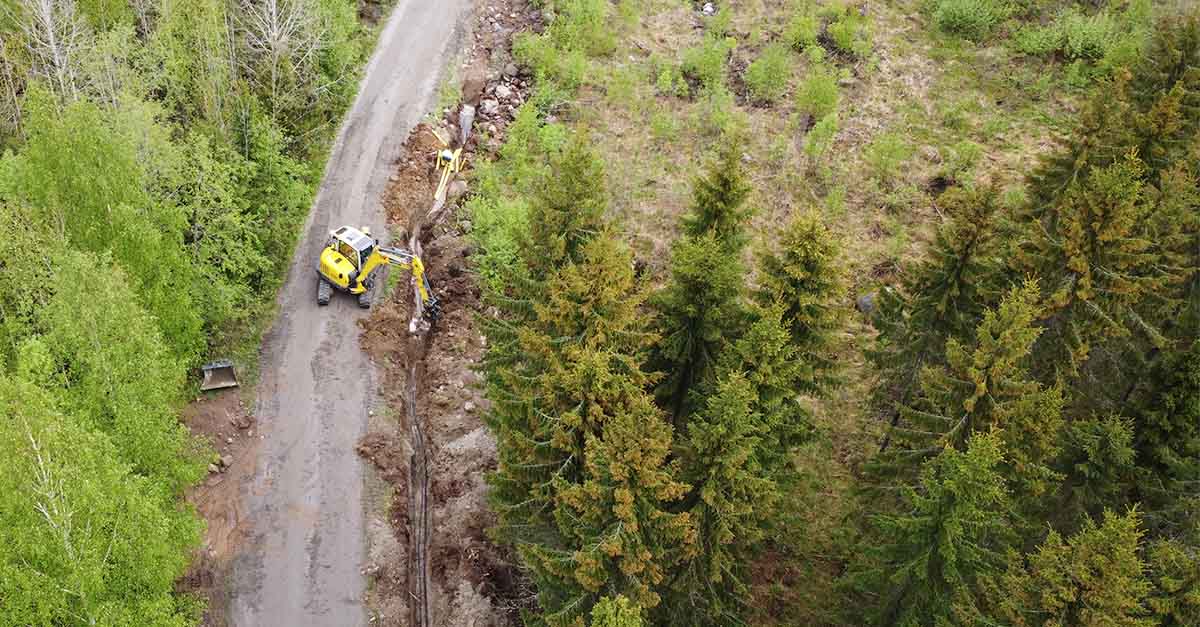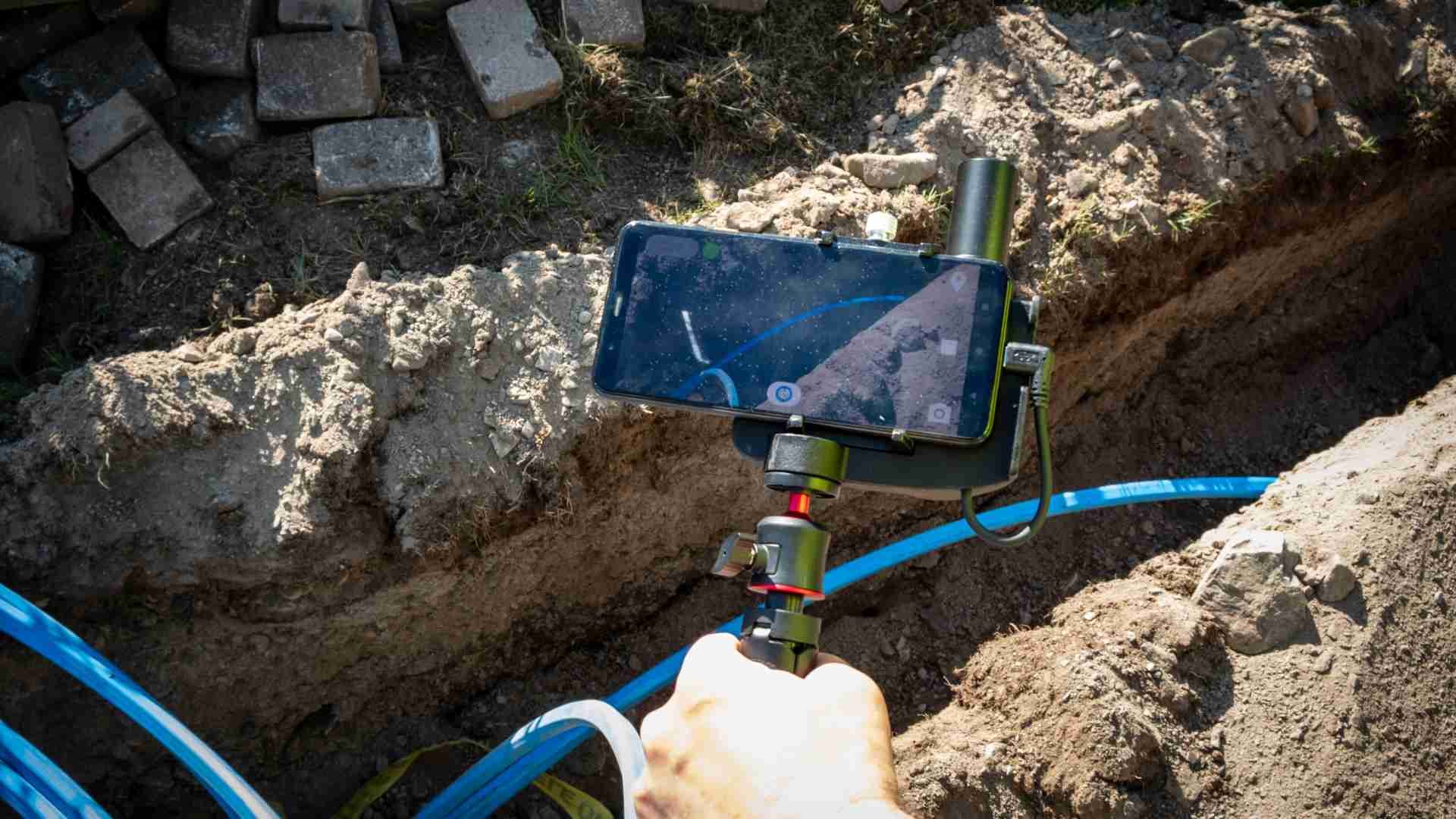Ensuring High-Quality As-Built Documentation for Electricity and FTTH Cable Infrastructure
As-built documentation for underground cables is a comprehensive record of the final state of cable installations beneath the surface. It encompasses vital details such as cable routes, types, connection points, and cabinets.
The primary purpose of as-built documentation is threefold: 1) preventing accidents during future construction by ensuring the precise location is known, 2) validating that construction aligns with specifications, and 3) accurately recording any deviations from initial plans.
In this exploration, we delve into key aspects of as-built documentation, underscoring the importance of effective communication, technology integration, and standardised practices.
Why high-quality as-built documentation is important?
As-built documentation delineates the actual construction and layout of a network, contrasting with the initial design, which is just the plan.
Discrepancies between design and as-built often arise due to factors such as the exact cable locations, evolving project details during excavation, or modifications necessitated by the discovery of other underground infrastructure.
The dynamic nature of construction underscores the importance of as-built documentation, confirming that the implemented changes align with the revised plans and meet agreed specifications.
Key components of high-quality as-built documentation:
-
A cable route map presented in either 2D (X, Y) or 3D (X, Y, Z/depth)
-
Network cable specifications
-
Details on cable protections, channels, and ducts
-
Locations of key network elements, such as cabinets and connection points
-
Photographic documentation of open trenches and network elements

Typical challeges in as-built documentation
Traditionally, challenges in as-built documentation have revolved around reliance on redline papers, resulting in delays, lost documents, and spatial inaccuracies. Mapping covered trenches post-construction often leads to inaccuracies in route depiction, estimated cable depths, and challenges in validating specific connection points.

Best practices in as-built documentation:
To overcome these challenges, adopting best practices in as-built documentation is essential.
-
Establish Robust Documentation Processes
Clearly define the as-built documentation process and practices. Set specific objectives for ensuring document quality, progress reporting, transparency, and effective communication from the field. While operators may have their own network requirements, align them with national or regional regulations. Assign clear responsibilities among individuals involved in the process and outline the tools to be used. This foundational step ensures a systematic and standardized approach to as-built documentation. -
Train Stakeholders on Requirements and Standards
Develop a comprehensive training program for project managers and contractors to familiarize them with the specific requirements and standards of the as-built documentation process. Ensure that everyone involved understands the intricacies of the process, the associated best practices, and the tools employed. This step is crucial for maintaining consistency and accuracy throughout the documentation process. -
Utilize 3D Scanning During Construction
Embrace transparency and accuracy by incorporating 3D scanning of open trenches during the construction phase. Contractors should be equipped with user-friendly tools for on-site scanning, providing real-time data on cable layouts. This not only enhances the precision of as-built documentation but also offers immediate insights into any deviations from the initial plans, facilitating prompt corrective actions. -
Empower Project Management with Real-time Tools
Equip project managers with tools that enable real-time monitoring and reporting of construction progress. Having access to timely updates from the field enhances the project manager's ability to oversee operations effectively. The ease of use of these tools in the field ensures that contractors can seamlessly contribute to transparent reporting, creating a synergy that fosters data accuracy and project visibility. -
Integrate Systems Efficiently
Acknowledge that a one-size-fits-all system for contractors and project managers may not exist. However, aim to minimize the number of tools in use to prevent redundancy and information overlap. Opt for efficient integration of key information between systems to reduce the need for manual data transfer. This integration ensures that data consistency is maintained across various platforms, preventing discrepancies and enhancing the overall efficiency of the documentation process. -
Streamline Documentation Processes
Recognize that manual and ad-hoc documentation processes can be inefficient and prone to errors. Develop and streamline the as-built documentation process to eliminate unnecessary steps and clarify responsibilities. By investing in the development of an efficient system, you can significantly reduce the invisible workload for contractors, project managers, and documenters. This streamlined process not only expedites documentation but also contributes to organizational efficiency gains.
Conclusion: high-quality as-built documentation for electricity and FTTH cable infrastructure
Tools like Groundhawk prove invaluable in achieving excellence in as-built documentation. By enabling easy 3D scanning of cable trenches, Groundhawk ensures real-time data availability for project managers, allowing for prompt progress assessment.
Achieving excellence in underground cable as-built documentation demands a meticulous approach, incorporating effective tools, quality control measures, and seamless digital integration for timely updates. Adhering to these best practices positions your as-built documentation as a symbol of quality, showcasing precision and reliability in the competitive landscape.
